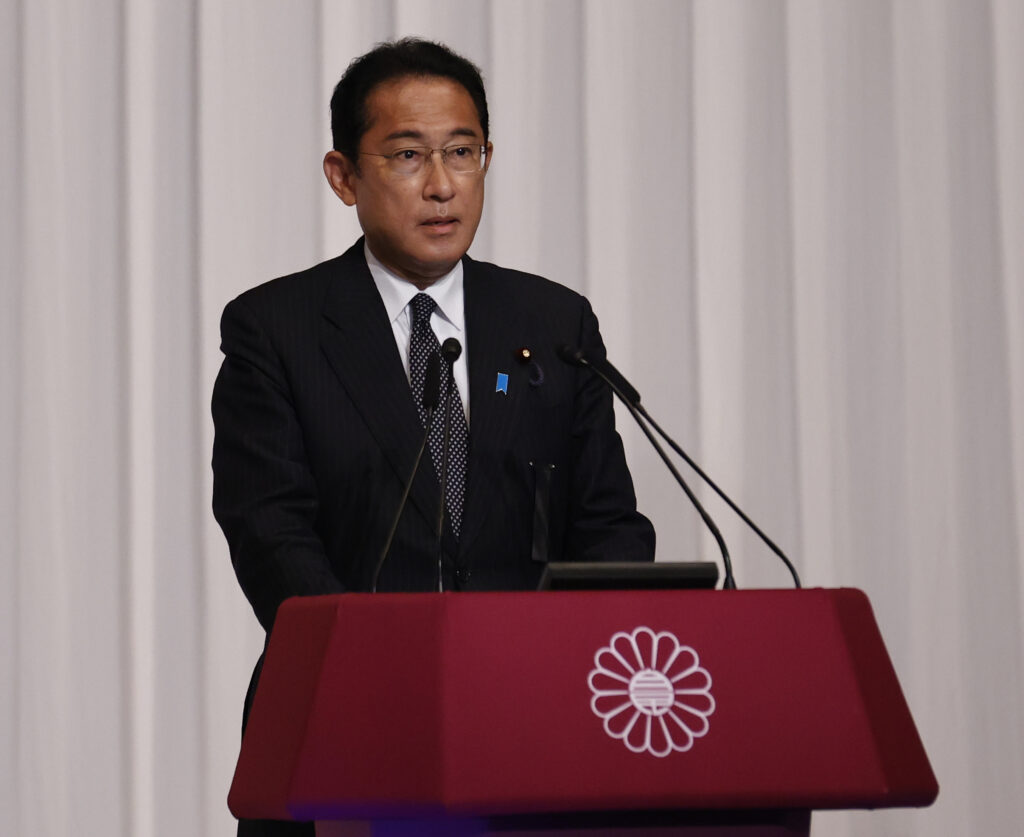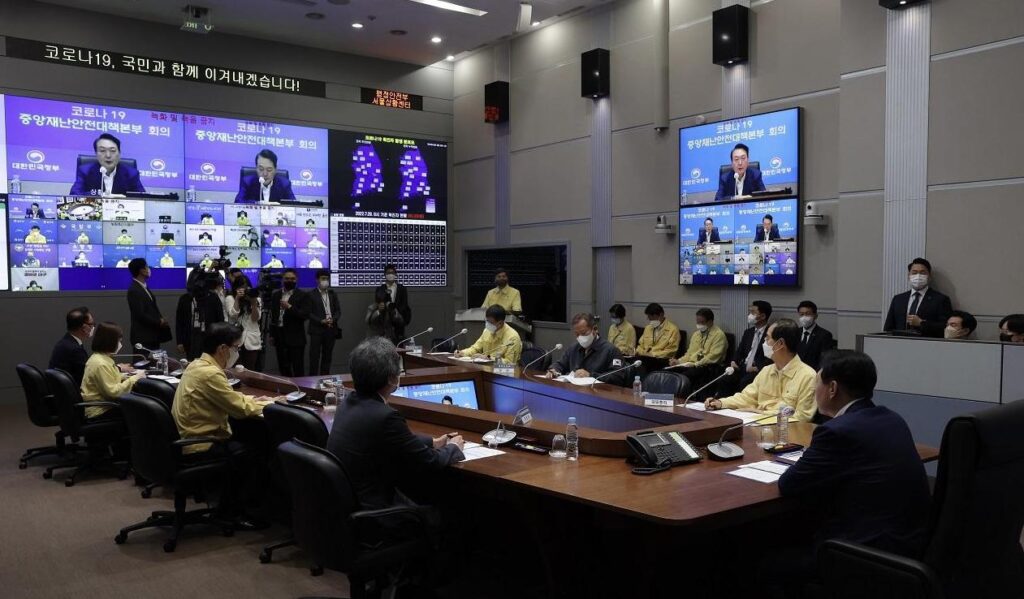
Tokyo(Reuters)According to Reuters, Chris Murray, director of the Institute for Health Measurement Analysis (IHME) at the University of Washington Medical School, said, “Up to 1 million new confirmed cases could occur in the U.S. this winter.” He is a person who has been tracking the COVID-19 pandemic.
Reuters reported that Major General Head’s prediction violates expectations that the world will get out of COVID-19. Head predicted that the COVID-19 pandemic will hit once again in the U.S., the U.K., and all over Europe as more people spend time indoors in winter.
However, he predicted that severe patients or deaths will not occur as much as before. Director Murray said, “With the effective development of COVID-19 treatment, hospitalized patients or deaths will not occur as much as before,” adding, “The most high-risk group may be those who have never been exposed to the virus, but such people do not exist.”

(Source from Reuters/Alamy)Meanwhile, in recent weeks in Korea, Japan, and the United States, the number of new COVID-19 confirmed patients has turned to an increase. In Japan, 200,000 new confirmed cases are occurring every day. Experts say it is due to the spread of BA.5, an omicron sub-displacement accompanied by strong infectivity and immune avoidanceThe rapidly increasing number of new COVID-19 confirmed patients in Japan is lowering the approval rating of the Kishida Fumio Cabinet. In addition, voices in favor of using nuclear power generation are increasing at a time when power shortages are expected this winter.

Tokyo(Reuters)According to a poll conducted by the Nihon Keizai Shimbun from the 29th to the 31st of last month, the approval rating of the Kishida Cabinet was 58%, down 2 percentage points from the previous month. The Kishida Cabinet’s approval rating has been on the decline in June and July since hitting a record of 66 percent in May, and analysts say the worsening COVID-19 situation has affected it.
In this poll, 56 percent of the respondents said they were “evaluating” the Kishida Cabinet’s response to COVID-19, down 7 percentage points from last month. 36% of respondents said they were not evaluating (doing it wrong), up 6 percentage points from the previous month. Asked about what the Kishida Cabinet should deal with first, the “COVID-19 Measures” increased by 19 percentage points from the previous month to 35 percent. The number of new COVID-19 confirmed patients in Japan has continued to deteriorate this month, recording the world’s highest level with 233,000 on the 28th of last month. Analysts say that Japan’s COVID-19 confirmed patients went through the 6th wave (the 6th epidemic) in January-March this year and stabilized to some extent in May-June, but turned to the 7th wave from last month. The recent surge in confirmed cases in Japan is attributed to the gradual lowering of the immune effect of tertiary vaccination at a time when BA.5, which is highly infectious, is spreading. Meanwhile, while Japan is expected to suffer from electricity shortages this winter, 51 percent said it was “reasonable” and 19 percent said it should “run more” on the government’s policy of operating up to nine nuclear power plants to overcome it.

The direction of Yoon Seok-yeol’s government, which is the private-market-led growth and labor, education, and pension system reform, is a task that our society has long neglected. It was launched amid a combination of supply chain disruptions caused by the pandemic and the war in Ukraine, and chose the orthodox method as a solution. The goal is to abandon policies that have sealed the crisis by giving taxes and turn the country’s direction even if the pace is slow. The key is ‘private-led’ growth. Moon Jae In In order to correct the side effects of the government’s excessive fiscal expenditure, the government will change the economic system led by the private and market and push for drastic reforms. Regulatory improvement is a representative task, such as changing the old system that blocks private innovation and new businesses and removing customary shadow regulations that are not based on laws.The problem is that the government is being hit by the power of state affairs without properly starting policies with positive intentions. The new government, less than 100 days after its launch, has faced concerns over public sentiment. The president’s support for the implementation of state affairs, which fell to the early 30 percent level, is not due to special policy misconduct, and the president’s aides are also frustrated. Still, the basic perception is that they will work only for the people, not for joy and joy at the approval rating. This is the context of President Yoon’s remarks earlier this month that “the approval rating is meaningless.”
JENNIFER KIM
ASIA JOURNAL

